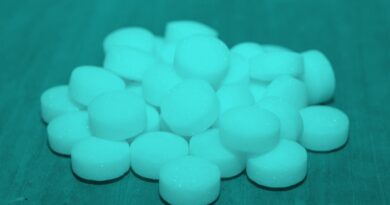lakdi ka tukda meaning in english लकड़ी का टुकड़े का english meaning
lakdi ka
tukda meaning in english लकड़ी
के टुकडे को english me kya khate hai
लकड़ी का टुकड़े = Piece of wood · लकड़ी के प्रकार = Types of wood · लकड़ी की सरंचना = Wooden structure · लकड़ी का बेड = Wooden bed · लकड़ी का कवर = Wood cover ·
लकड़ी
के प्रकार = Types of wood
lakdi ka
tukda Piece of wood normal
information
Wood, within the strict sense, is yielded by trees, that increase in diameter by the formation, between the present wood and also the inner bark, of recent woody layers that enclose the complete stem, living branches, and roots. This process is thought as secondary growth; it’s the results of biological process within the vascular cambium, a lateral plant tissue, and future growth of the new cells. These cells then proceed to create thickened electric cell walls, composed principally of polysaccharide, hemicellulose and polymer. Where the variations between the four seasons are distinct, e.g. New Seeland, growth will occur in an exceedingly distinct annual or seasonal pattern, resulting in growth rings; these will typically be most clearly seen on the top of a log, however are visible on the opposite surfaces. If the distinctiveness between seasons is annual (as is that the case in equatorial regions, e.g. Singapore), these growth rings are observed as annual rings. wherever there’s very little seasonal distinction growth rings are seemingly to be vague or absent. If the bark of the tree has been removed in an exceedingly specific space,
the rings can seemingly be misshapen because the plant overgrows the scar. If there are variations inside a organic phenomenon, then the a part of a organic phenomenon nearest the middle of the tree, and shaped early within the season once growth is speedy, is typically composed of wider parts. it’s typically lighter in color than that close to the outer portion of the ring, and is thought as earlywood or springwood. The outer portion shaped later within the season is then called the latewood or summerwood.[8] but, there are major variations, looking on the sort of wood Knots materially have an effect on cracking and warp, ease in operating, and cleavability of timber. they’re defects that weaken timber and lower its worth for structural functions wherever strength is a very important thought. The weakening impact is way additional serious once timber is subjected to forces perpendicular to the grain and/or tension than when underneath load on the grain and/or compression. The extent to that knots have an effect on the strength of a beam depends upon their position, size, number, and condition. A knot on the side is compressed, whereas one on the lower facet is subjected to tension. If there’s a season sign up the knot, as is commonly the case, it’ll provide very little resistance to the present tensile stress. tiny knots, however, could also be placed on the neutral plane of a beam and increase the strength by preventing longitudinal cutting off. Knots in an exceedingly board or plank are least injurious once they extend through it at right angles to its broadest surface. Knots that occur close to the ends of a beam don’t weaken it. Sound knots that occur within the central portion simple fraction the peak of the beam from either edge don’t seem to be serious defects. The chemical composition of wood varies from species to species, however is or so 50% carbon, 42% oxygen, 6% gas, 1% N, and 1% different parts (mainly Ca, potassium, sodium, magnesium, iron, and manganese) by weight.[25] Wood conjointly contains sulfur, chlorine, silicon, phosphorus, and different parts in little amount. Aside from water, wood has 3 main parts. Cellulose,
a crystalline chemical compound derived from aldohexose, constitutes regarding 41–43%. Next in abundance is hemicellulose, that is around 20% in deciduous trees however close to 30% in conifers. it’s chiefly five-carbon sugars that are joined in associate irregular manner, in distinction to the polyose. polymer is that the third part at around 27% in evergreen wood vs. 23% in deciduous trees. polymer confers the hydrophobic properties reflective the very fact that it’s supported aromatic rings.
These 3 parts are complex, and direct valence linkages exist between the polymer and also the hemicellulose. a serious focus of the paper business is that the separation of the polymer from the polyose, from that paper is created. In chemical terms, the distinction between hardwood and softwood is mirrored within the composition of the constituent polymer. Hardwood polymer is primarily derived from sinapyl alcohol and coniferyl alcohol. Softwood polymer is principally derived from coniferyl alcohol



